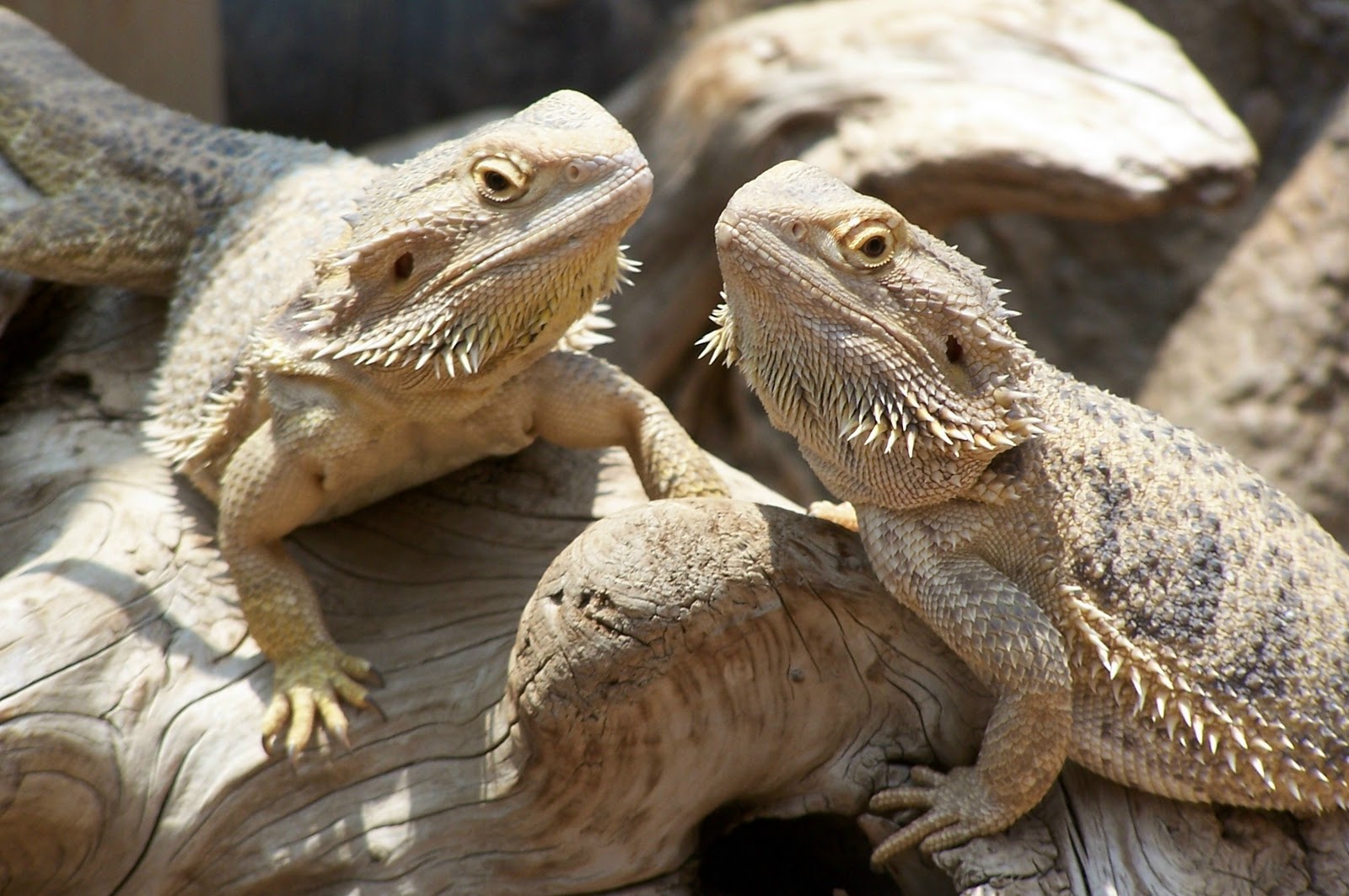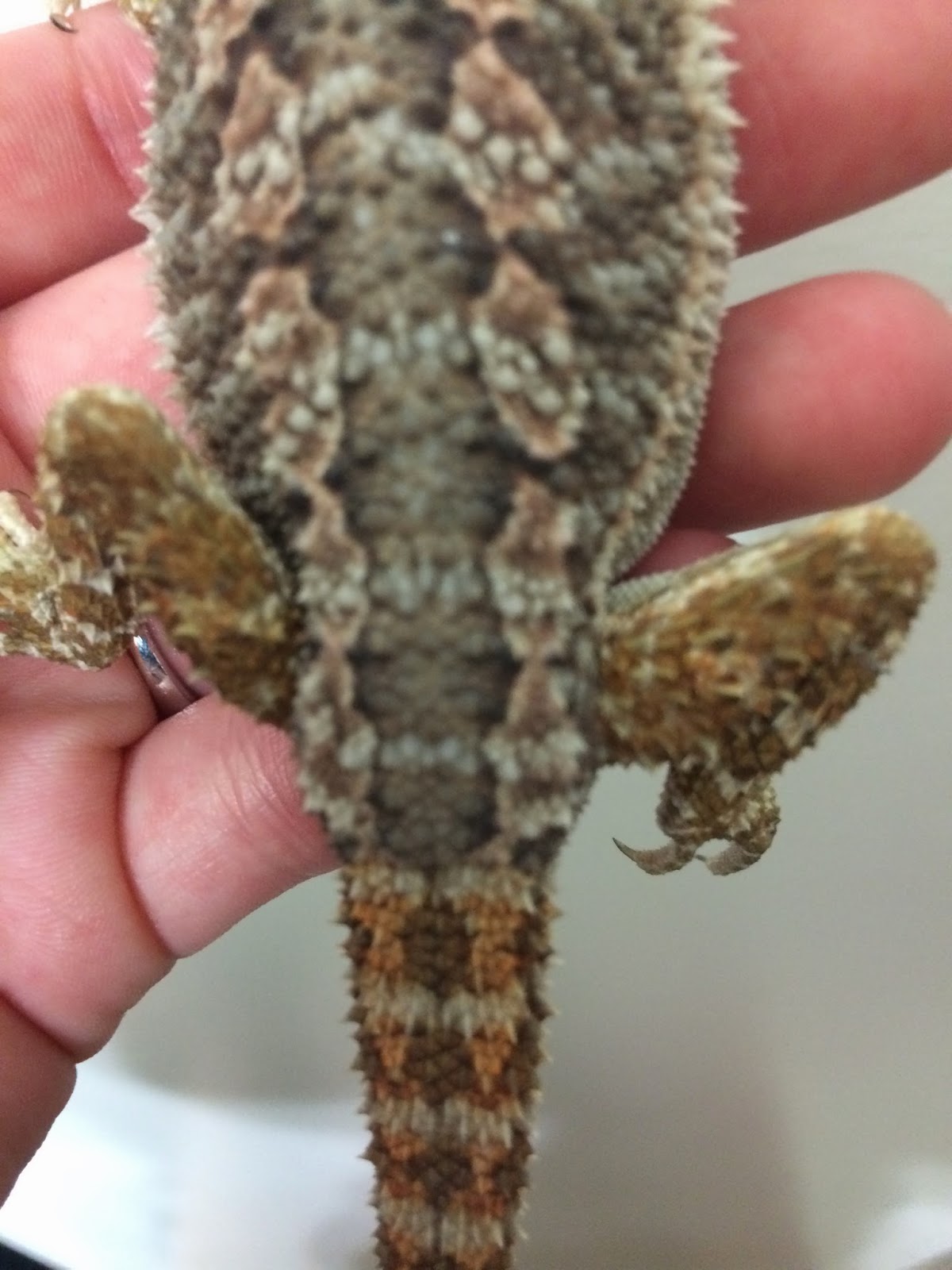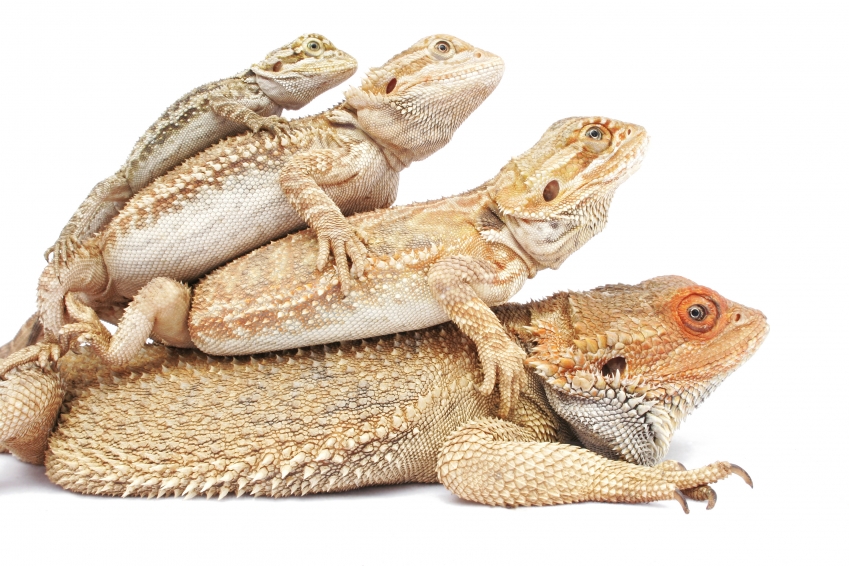Bearded Dragon Shedding Problems: Causes, Symptoms, and Solutions
Introduction
Bearded dragons are fascinating reptiles that are popular among pet owners. They are low-maintenance, friendly, and can live up to 15 years with proper care. Bearded dragons shed their skin periodically, and it’s a natural process that helps them grow and remain healthy.
However, sometimes shedding can become a problem for bearded dragons, and their owners may notice some unusual behaviors or symptoms. In this article, we’ll talk about the most common shedding problems in bearded dragons, their causes, symptoms, and how to solve them.
1. Incomplete Shedding
Incomplete shedding, also known as dysecdysis, is a common problem in bearded dragons that occurs when they can’t shed their skin fully. This is usually due to insufficient humidity, poor lighting, or low-quality nutrition.
If your bearded dragon has incomplete shedding, you may notice some of the following symptoms:
- Scratching or rubbing against hard surfaces
- Slow or abnormal movements
- Dry patches of skin or flaky skin
- Retained skin around toes or tail
- Loss of appetite or weight loss
To prevent incomplete shedding, you must ensure that your bearded dragon has proper humidity levels, access to UVB lighting, and a balanced diet. Make sure that their enclosure is clean, and they have enough space to move around.
If you notice any signs of incomplete shedding, mist your bearded dragon with lukewarm water or give them a soak in shallow, warm water. This can help loosen the skin and ease the shedding process. You can also use a moistened towel to gently rub the retained skin.
2. Excessive Shedding
Excessive shedding, also known as hyperdydrosis, is less common but can also be a problem for some bearded dragons. This occurs when they shed their skin too frequently, and it can be caused by various factors.
If your bearded dragon has excessive shedding, you may notice some of the following symptoms:
- Shedding too frequently or shedding in small pieces
- Dry, flaky, or irritated skin
- Lethargy or lack of appetite
- Weight loss
To prevent excessive shedding, make sure that your bearded dragon has a proper diet and hydration. Ensure that their enclosure is clean and well-maintained, and they have access to proper lighting and temperature. Avoid overhandling your bearded dragon or exposing them to stressful situations.
If you notice any signs of excessive shedding, take your bearded dragon to a veterinarian who specializes in reptile care. They can help you determine the underlying cause of the shedding problem and provide proper treatment.
3. Aggressive Shedding
Aggressive shedding, also known as idiopathic dysecdysis, is a more severe shedding problem that requires immediate attention. This occurs when your bearded dragon’s outermost layer of skin becomes thick and difficult to shed, causing them great discomfort and even pain.
If your bearded dragon has aggressive shedding, you may notice some of the following symptoms:
- Visible signs of pain or distress
- Extreme lethargy or inactivity
- Refusal to eat or drink
- Dehydration
- Swollen or inflamed skin
To prevent aggressive shedding, ensure that your bearded dragon has a proper diet, hydration, and access to proper temperature and lighting. Avoid exposing them to stressful situations and ensure they have enough space and privacy in their enclosure.
If you notice any signs of aggressive shedding, take your bearded dragon to a veterinarian immediately. They can provide proper treatment, which may include surgical removal of the retained skin, medication, or other procedures.
Conclusion
Shedding is a natural and necessary process for bearded dragons. However, sometimes shedding can become a problem, and it’s essential to know how to recognize the signs and address the problem promptly. By following the tips and information provided in this article, you can help your bearded dragon stay healthy, happy, and comfortable during the shedding process.










